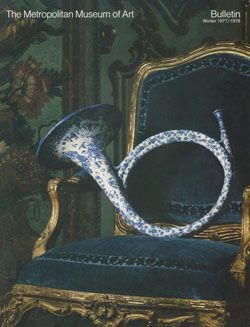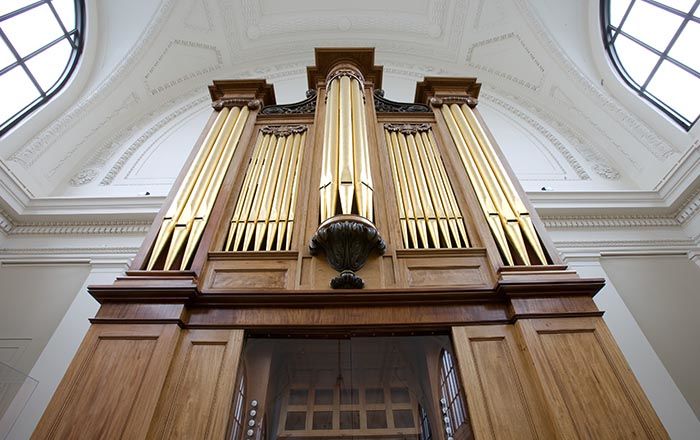Saravatī Vīnā
Not on view
Although this instrument is a lute of south (Carnatic) India, it has fixed frets (metlu) and a name like an Indian zither (vina). Its wood body is carved, and there are four melody strings and three open (tāla) strings. The fantastic creature at the upper end is a yāli. Sarasvat, the Hindu goddess of music, art and education, lends her name to the instrument, with the hope that music will lead to understanding.
Vā is the most ancient and indigenous term applied to string instruments in India. Today, the term is associated with lute and zither type instruments. The Bīn is a fretted zither used in the north where, during three centuries of Mughal rule, it became, with the rabāb, the chief instrument of court music. The sitār is now the leading instrument of the north Indian (Hindustani) musical style. It derives its name from the Persian lute, setār. The sitār has frontal and side pegs, and its frets are movable; the vā's frets are fixed, and its pegs are inserted at the side. All three types, vā, bīn and sitār have similar rectangular bridges featuring a convex upper surface; this causes a buzzing and bright, harmonically rich tone when the strings vibrate against it. Their strings are stopped by the left hand, and plucked by the fingernails or wire plectra (mizrāb) worn on the fingers of the right hand.
This image cannot be enlarged, viewed at full screen, or downloaded.


